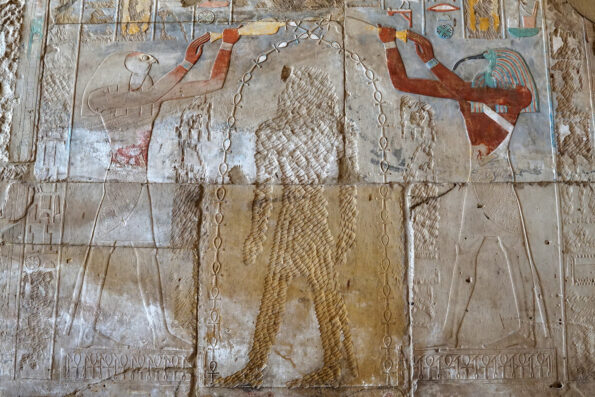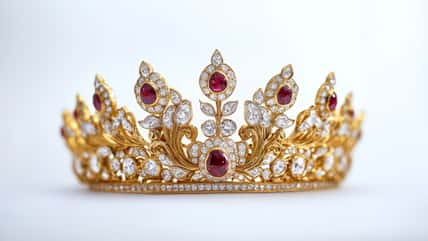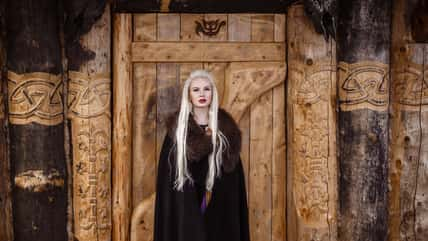A Woman Becoming Pharaoh Had Been Unheard Of In Egypt Before She Assumed The Position

You’ve most likely heard of Cleopatra and Queen Nefertiti, but do you know who the first female pharaoh in Egypt was?
Her name was Hatshepsut, and she was one of Egypt’s most prosperous rulers. She reigned for over 20 years in the 15th century BC and ruled as a King rather than a Queen.
When she was a teenager, Hatshepsut married Thutmose II, the fourth Pharaoh of the Eighteenth Dynasty of Egypt. When Thutmose II died, Hatshepsut assumed the role of regent to her stepson, Thutmose III.
However, scholars discovered that Hatshepsut eventually became pharaoh around 1478 BC, making her the first female pharaoh in Egypt. A woman becoming pharaoh had been unheard of in Egypt before Hatshepsut assumed the position.
Because Hatshepsut assumingly knew her position was unconventional, she would rework her identity and portray herself like a male pharaoh.
Hatshepsut is known for being one of the most significant builders in Ancient Egypt, as she commissioned hundreds of building projects throughout her reign, including temples, significant monuments, and obelisks.
Hatshepsut was also known for her influence on trading. She was the sponsor of what was considered one of Egypt’s most successful trading expeditions after re-establishing a number of trade networks.
There was a mission to bring back goods such as frankincense and myrrh trees from the Land of Punt. Hatshepsut’s trading work brought a lot of wealth to the Eighteenth Dynasty of Egypt.
When Hatshepsut died around 1458 BC, her successor, Thutmose III, tried to erase her name and memory by destroying many of her monuments. Yet her legacy in Ancient Egypt was too powerful to obliterate completely.

Svetlaili – stock.adobe.com – pictured above is a carving of Hatshepsut that Thutmose had covered up
On her second pair of obelisks built during her reign, there is an inscription that reads, “Now my heart turns this way and that, as I think what the people will say—those who shall see my monuments in years to come, and who shall speak of what I have done.”
Scholars and historians are working to discover more about the female pharaoh to this day, and many people still have yet to learn about her.
Have you ever heard of Hatshepsut before now?
If true crime defines your free time, this is for you: join Chip Chick’s True Crime Tribe
Sign up for Chip Chick’s newsletter and get stories like this delivered to your inbox.
More About:Chicks We Love





